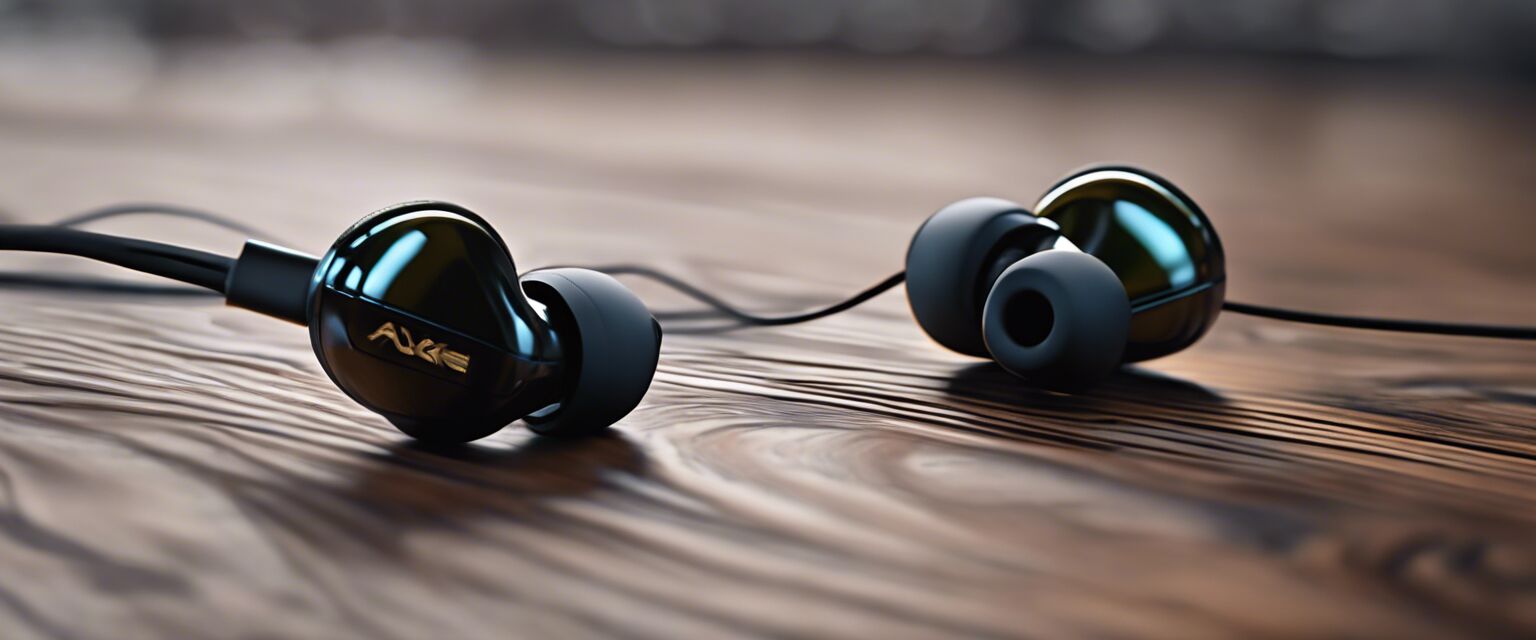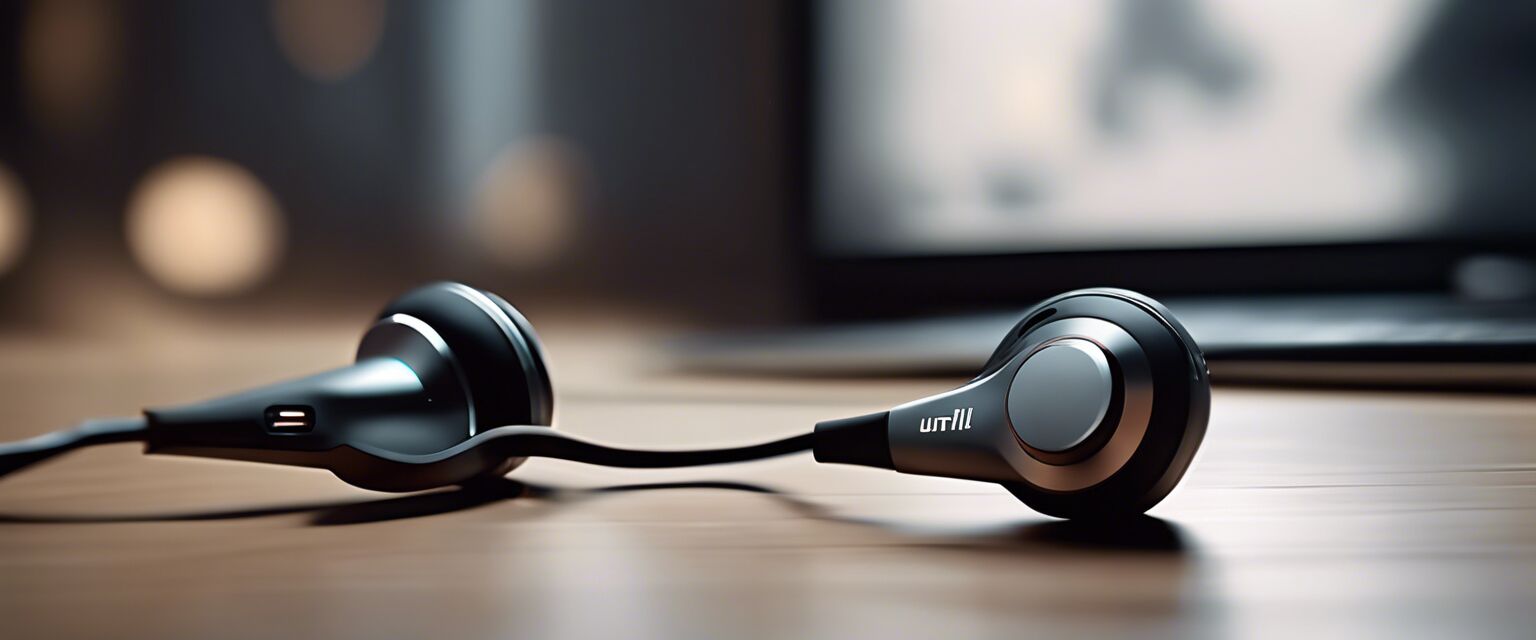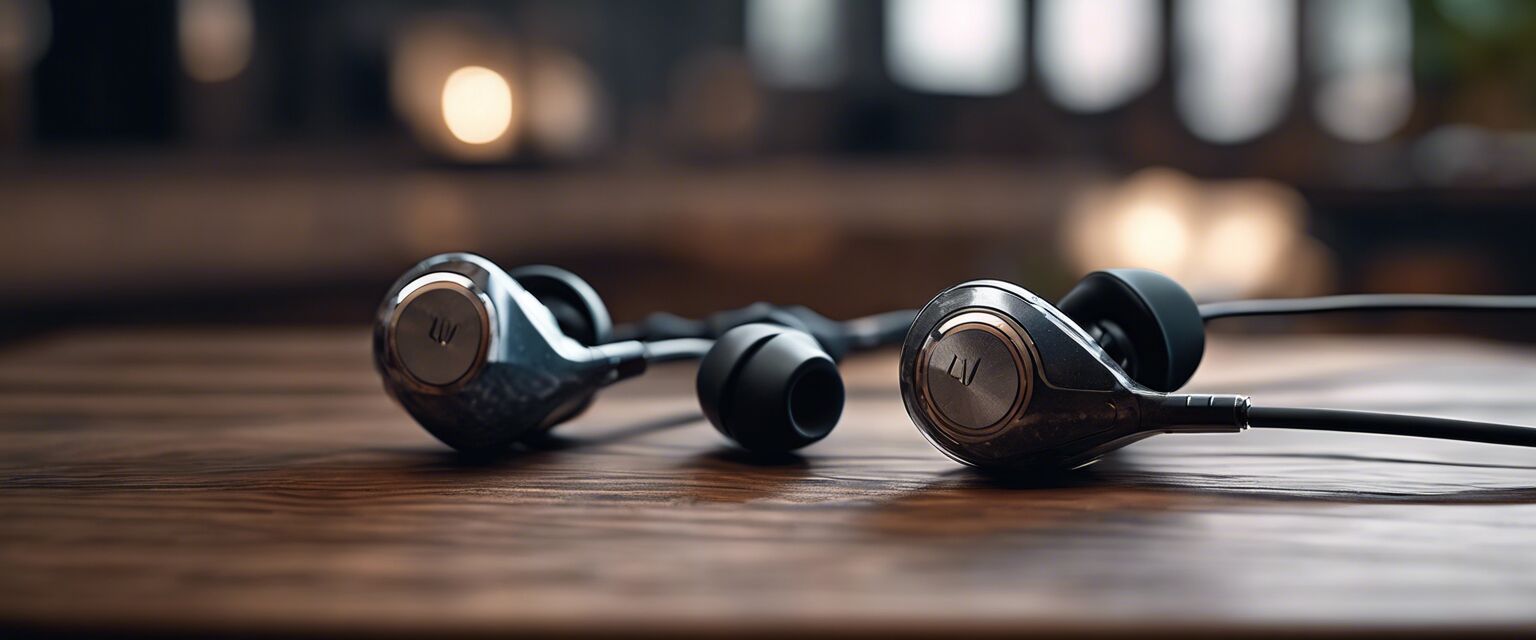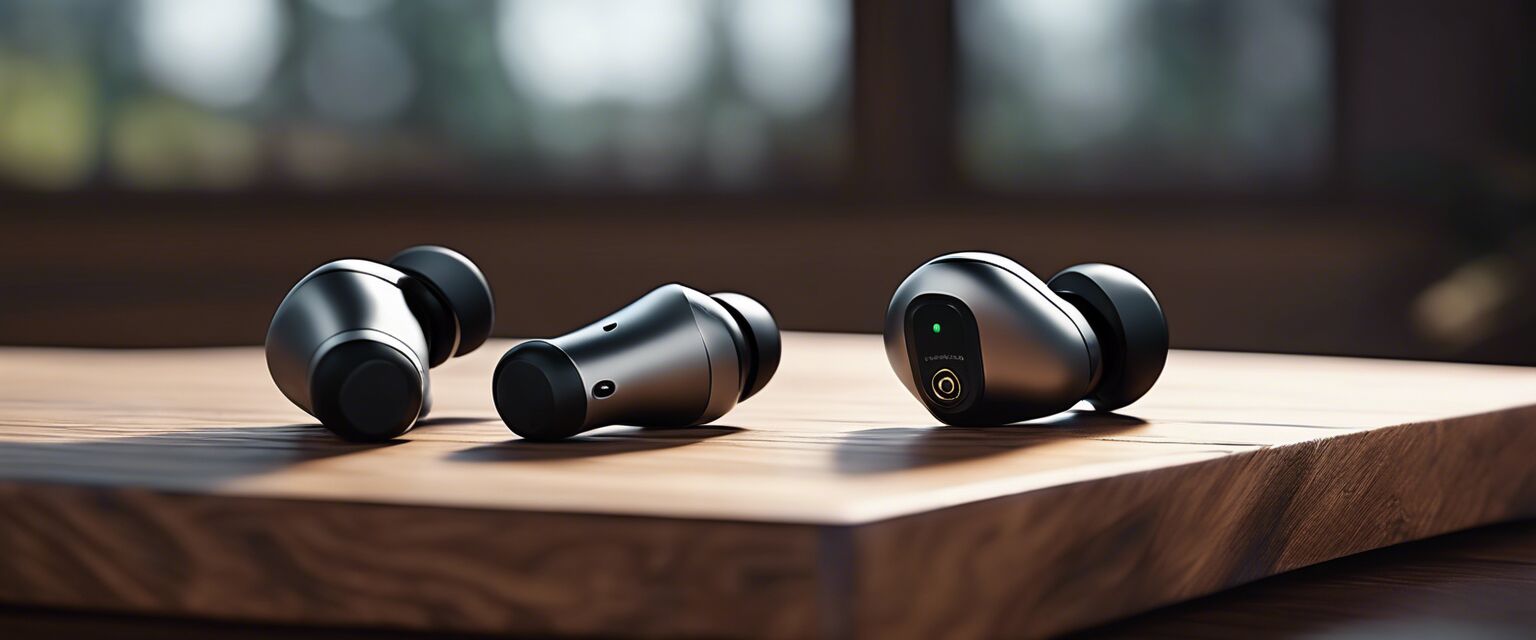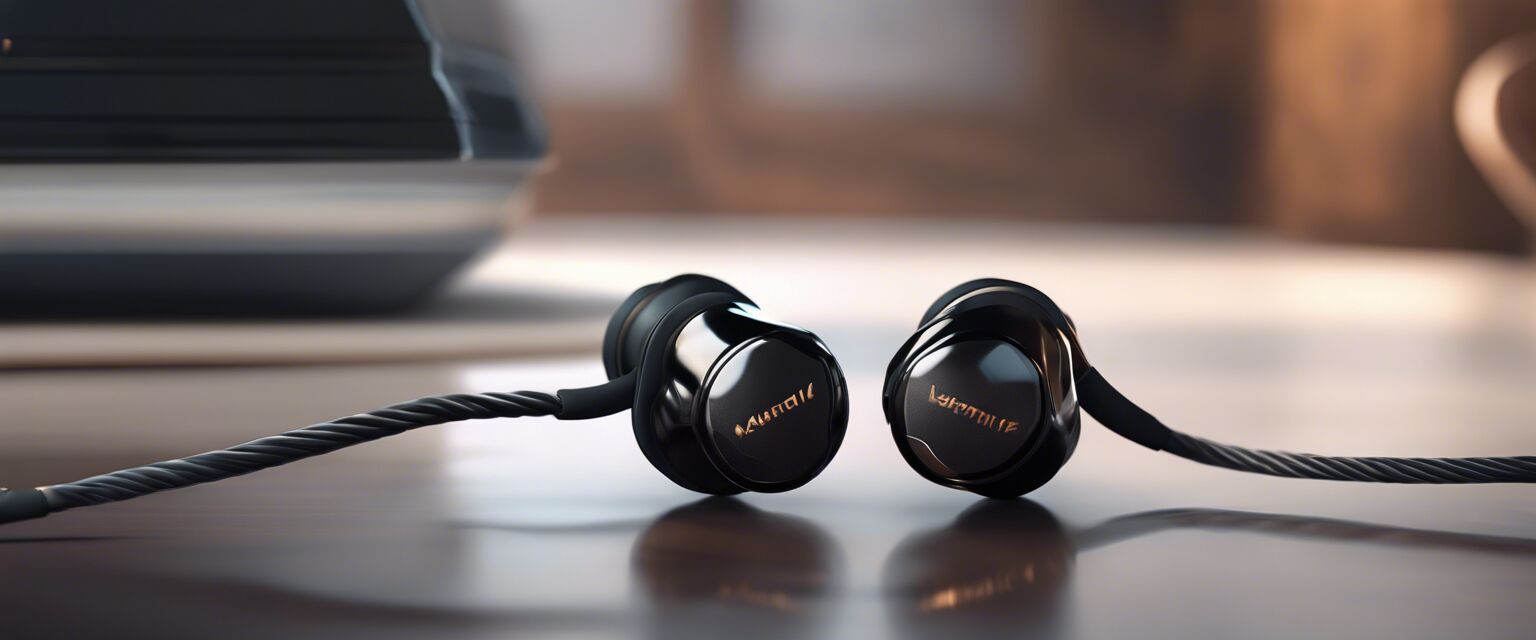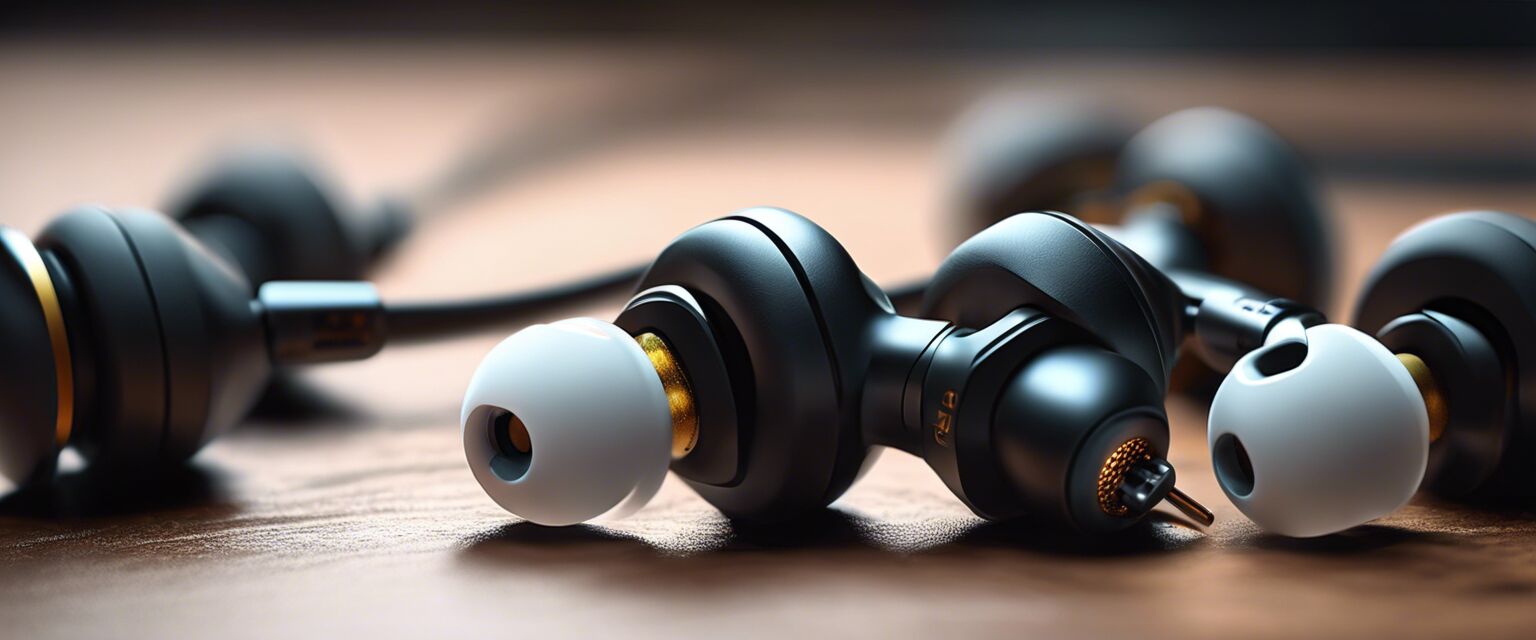
True Wireless vs Wired Earbuds
Key Takeaways
- True wireless earbuds offer convenience and portability.
- Wired earbuds provide consistent sound quality and no battery dependency.
- Both types have unique advantages depending on user needs.
- Sound quality can vary widely within each category.
- Choosing the right type depends on lifestyle and auditory preferences.
When it comes to audio technology, the debate between true wireless and wired earbuds is a significant one. Audiophiles often find themselves at a crossroads when deciding which type of earbud to invest in. This article aims to provide a comprehensive comparison of true wireless and wired earbuds, highlighting their features, pros and cons, and helping you make an informed decision based on your audio preferences and lifestyle.
Overview of true wireless earbuds
True wireless earbuds represent the latest innovation in audio technology. They are designed for complete freedom, without wires connecting them to each other or to your device. This section explores their features and benefits.
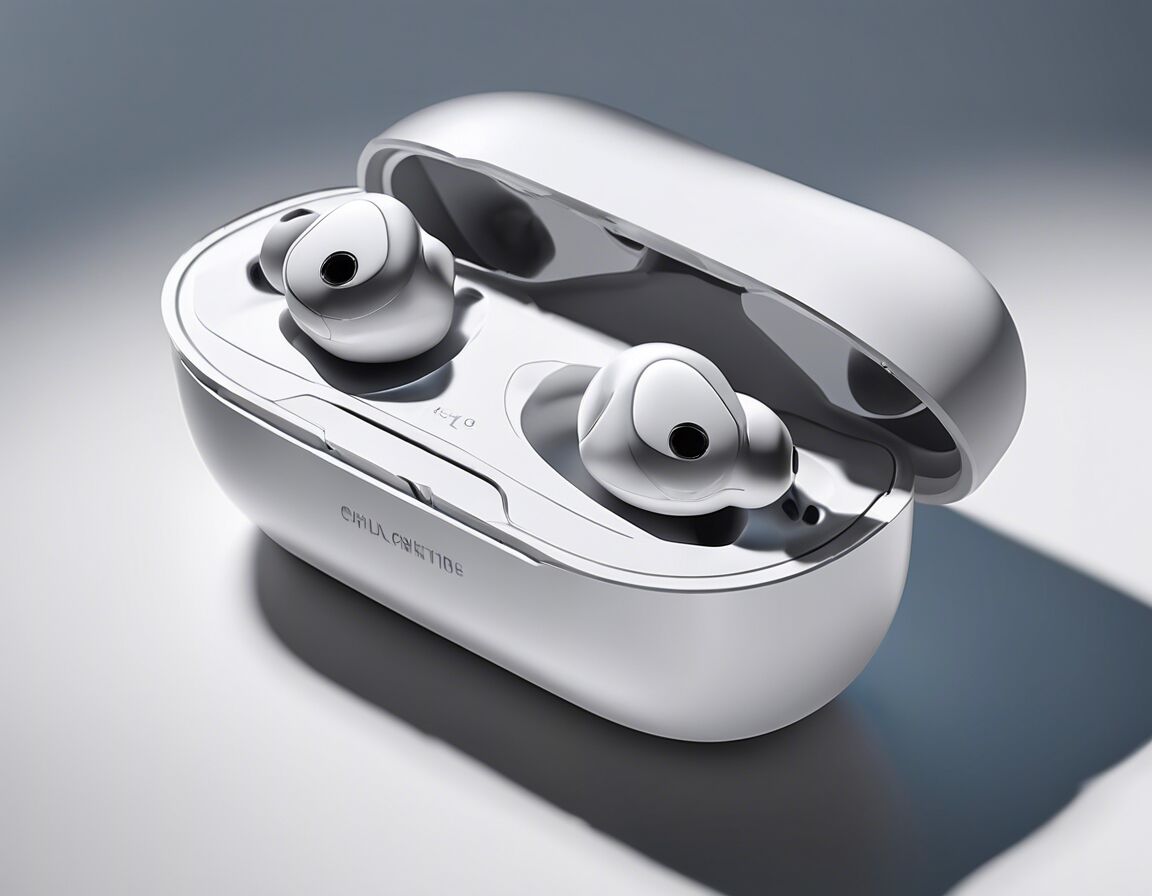
Features of true wireless earbuds
- Completely wireless design
- Portable charging cases
- Touch controls for easy operation
- Bluetooth connectivity
- Varied battery life depending on usage
Overview of wired earbuds
Wired earbuds have long been the standard for personal audio. They come with a direct connection to the audio source, ensuring a stable and often higher-quality sound. Hereâs a look at their advantages.

Features of wired earbuds
- Direct audio connection
- Typically better sound quality
- No need for charging
- Lightweight and easy to carry
- Variety of styles and price points
Sound quality comparison
Sound quality is often a crucial factor for audiophiles. Below is a comparison of sound quality in both types of earbuds.
| Feature | True Wireless Earbuds | Wired Earbuds |
|---|---|---|
| Sound Fidelity | Varies by model; some premium options offer high fidelity | Generally offers superior sound quality due to direct connection |
| Latency | Potential for slight latency due to Bluetooth | No latency issues |
| Audio Range | Can be limited by Bluetooth technology | Wide audio range, especially in higher-end models |
Convenience and portability
When it comes to convenience, true wireless earbuds win hands down. They are designed for users on the go and offer a hassle-free experience. On the other hand, wired earbuds have their own advantages in terms of reliability.
Pros of true wireless earbuds
- Ultimate freedom of movement
- Compact design
- Easy storage and transport
- No tangling wires
Cons of true wireless earbuds
- Battery life can be an issue
- More expensive in some cases
- May require software updates
Pros of wired earbuds
- Consistent audio quality
- No battery required
- Usually more affordable
Cons of wired earbuds
- Wires can tangle
- Less portable
- Connection may wear out over time
Best use cases for each type
Understanding when to use true wireless or wired earbuds can help you maximize your listening experience. Below are some recommendations.
True wireless earbuds are ideal for:
- Fitness activities
- Commuting
- Casual listening
- Traveling
Wired earbuds are great for:
- Home listening
- Professional audio work
- High-fidelity music enjoyment
- Gaming
Final thoughts
Ultimately, the choice between true wireless and wired earbuds comes down to your personal preferences and lifestyle. Both options have their unique benefits, and understanding these can help you choose the best product for your needs. For more information on specific types of earbuds, check out our categories on high-fidelity earbuds, budget-friendly earbuds, and noise-cancelling earbuds.
Tips for choosing your earbuds
- Consider your primary use case: leisure, sport, or professional?
- Evaluate your budget and prioritize sound quality.
- Read reviews and comparisons to find the best fit for you.
- Test different models in-store if possible.
- Look for warranties and customer service options.
